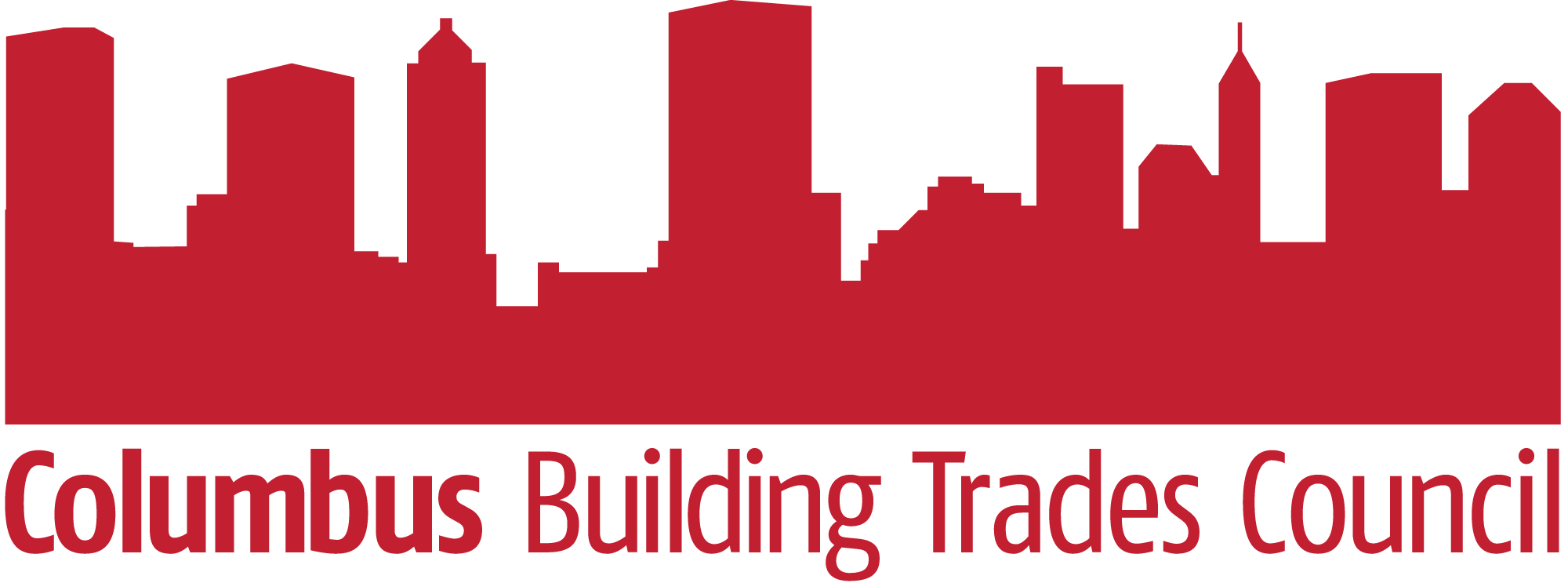Will target projects over $5 million
The City of Columbus took a significant step to ensure members of underrepresented communities are employed on city-funded construction projects.
On Nov. 16, the City Council passed an ordinance to create a nine-member committee to establish the hiring goals for future Community Benefits Agreement. The board will also evaluate each Community Benefits Agreement’s impact on a neighborhood and provide other recommendations.
The Committee can only make recommendations to the mayor. It cannot enact any laws.
“This new chapter will promote a diverse workforce, efficient construction timelines, greater consideration of environmental impacts, and overall community benefits related to large city construction projects and renovation projects,” said Councilman Rob Dorans, who also serves as Chief Legal Counsel for Affiliated Construction Trades (ACT) Ohio.
A Community Benefits Agreement is an agreement or contract between the project owner and one or more contractors or building trades unions that stipulates a certain percentage of minorities, women or community residents will be employed on a project. The CBA can also require the hiring of minority- or female-owned contracting firms. Other items can also be included within the contract, such as but not limited to training that must be performed through a registered building trades apprenticeship program.
During the meeting, Columbus NAACP President Nana Watson called the legislation historic.
“The Community Benefits Advisory Council will embrace diversity and inclusion as it relates to construction projects in our city,” she said. “It is our hope you will share this model with other cities as we believe this advisory board will help increase diversity and inclusion within other cities.”
Columbus/Central Ohio Building and Construction Trades Council Executive Secretary-Treasurer Dorsey Hager agreed with Watson that Project Labor Agreements (PLAs) are great because they guarantee a project is completed on time, under budget and done safely.
“Community Benefits Agreements take it a step further,” he said. “They make sure community leaders such as President Watson, leaders in the building trades and leaders in the community work together to ensure diversity is included, and there are aspirational goals set not only for local hiring but for females, people of color, veterans and everyone here in the community.
According to Hagar, the last Community Benefits Agreement signed by the City and C/COBCTC took place at the Linden Recreation Center, and participants in the Building Futures program were employed on the project.
“When you took members of the community, specifically from the Linden neighborhood – females, people of color, people who lived in that zip code and live in our Celebrate One neighborhoods – it’s easy to talk about what a career in the building trades can do,” Hager said.
“When you walk with them on that project and they see men and women from their neighborhood that look like them, go to church with them, their kids go to school with them, then it’s real.”

Leave a Comment